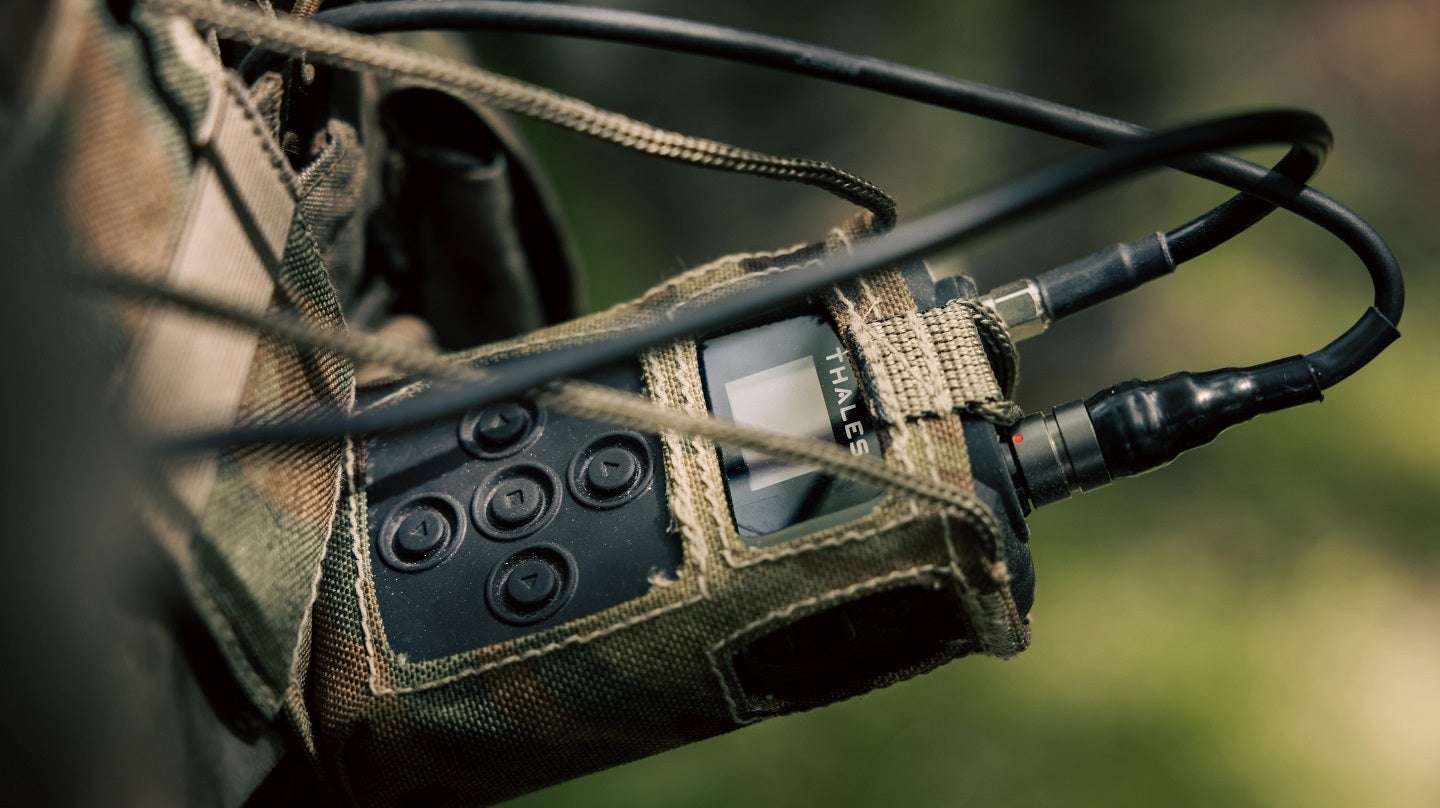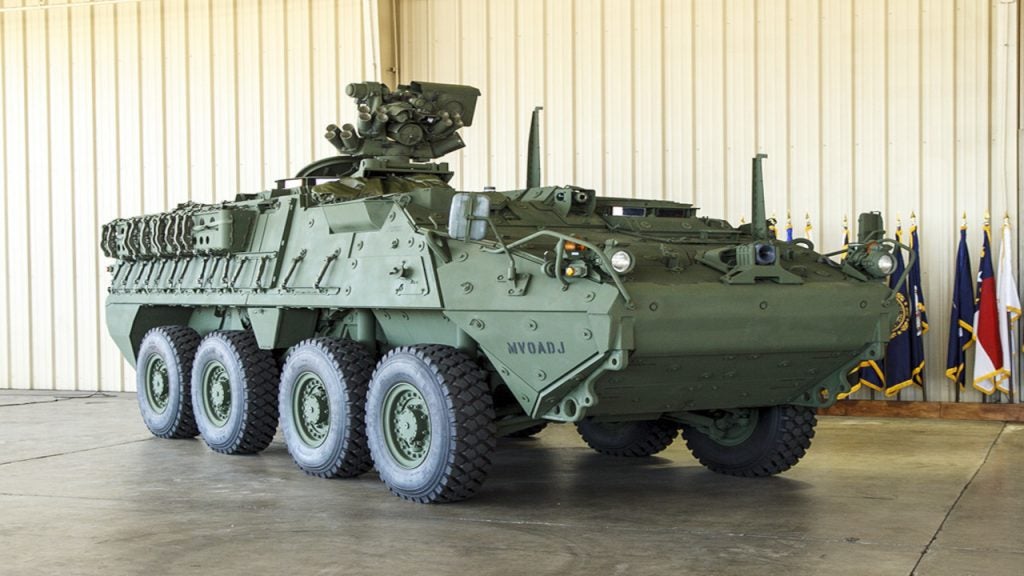
The methods for detecting dismounted soldiers are rapidly improving, while evading these systems is critical. Radio frequency detection is one of the most effective systems for detecting and tracking forces, bypassing traditional methods of camouflage. Thales’ Charlie Bellsham, Senior Principal Systems Engineer and Ciaran McCloskey, Product Line Manager, outline what methods exist to manage radio emissions to improve survivability and chances of mission success.
The element of surprise and remaining undetected to the enemy has been central to the success of military combat throughout history.
Missions depend on not being seen. We often refer to the Seven S’s (shine, shape, shadow, silhouette, spacing, signature, sudden movement) – the key ways in which troops are typically spotted, with survivability greatly enhanced if they can be managed effectively.
The consequences of detection can be fatal. Not only are lives at risk, but entire missions are potentially jeopardised if enemies are alerted to your presence and therefore able to respond, from deploying surveillance drones or troops, to carrying out precision attacks and indirect fire on a detected position.
Today, there are many tools and systems that enable visual, thermal and acoustic detection of dismounted soldiers, including day/night optic systems, thermal imagers and unattended acoustic and seismic ground sensors. And now, people are able to track radio emissions to identify where dismounted soldiers are.
The radio risk
A crucial part of a soldier’s kit, radios have advanced their capabilities and greatly contribute to mission success. However, such enhancements have also brought with them a heightened risk of being detected.
Indeed, radio frequency (RF) signature is emerging as an increasingly reliable means of detecting, observing and tracking the movement of troops.
This is because RF signatures can be picked up in almost any situation – day, night, in trees, while dug-in, in buildings, under cover, and in bad weather. Conversely, visual methods of tracking can be countered by being under cover and are hampered by extreme weather conditions, while thermal systems will not pick up signals of troops hiding in buildings.
And there are many products which perform RF detection in a variety of situations, spanning handheld and manpack devices, to larger pieces of equipment mounted on vehicles.
Between them, these systems carry a range of capabilities that enable users to gauge where soldiers are located or moving to, who they are and what their intent might be. Specifically, the systems carry out analysis of frequency bands to discover an operator’s identity and use directional antenna to provide the origin of the transmission to pin down location, with the linking of two units allowing for accurate tracking and triangulation.
Ongoing sampling and analysis of the information provided by RF detection systems provide further insight into speed and direction of movement which could be used to discover enemy intent.
Newer radios can be particularly prone to detection for a variety of reasons. Due to the integration of capabilities such as video transmission, they typically involve the use of more data which in turn demands wider-band radio devices that are easier to detect. This is because they occupy more of the radio spectrum, have higher duty cycles and require greater amounts of power to achieve range.
Additionally, some modern military radios leverage commercial transceivers and waveforms which leave them particularly vulnerable to detection or jamming.
We are seeing the importance of RF detection play out in current warfare, not least in Ukraine where armies of a similar stature of technological capability are taking advantage of tracking technology to target troops to devastating effect.
How to reduce the likelihood of RF detection
Radios are and will continue to be a critical part of military operations, with their uses far outweighing the pitfalls, providing those pitfalls can, at least in part, be mitigated.
Indeed, while there will always be an inherent risk with using radio communications, there are several ways in which military setups can minimise the opportunity for their adversaries to make use of RF emissions.
Minimising transmission power, for example, will reduce the ability to be detected at range, while narrowing bandwidth will result in less spectrum usage which also reduces the probability of detection.
Consider the use of Software Defined Radios. These hold multiple waveforms, meaning a particular waveform with its own unique profiles and protections can be selected based on the level of risk in their location. They can also constantly hop frequencies to make it much harder to detect and track.
Behavioural actions can also help. These include minimising the time spent on air and lowering the duty cycle by reducing retransmissions.
Conflicts are defined by the technology that is leveraged in them. The humble radio, a staple of military kits for decades, is now a frontier of modern warfare that needs to be managed carefully in order to protect soldiers and increase the chance of mission success. Minimising the risk of detection via radio frequency emissions is therefore a critical consideration on today’s battlefields.









Related Company Profiles
Thales SA